From AI paywalls to post-Google strategies: What leading international media companies are implementing now
At the last Press Gazette Future of Media Technology Conference in London, what struck me most wasn't the discussion of problems, but the concrete, practical solutions leading media houses are implementing today. The presentations from The Economist, Alma Media, O'Reilly Media and FT Strategies demonstrated how AI, data analysis and new technologies are fundamentally reshaping publishing. Here are my key insights, not as theoretical concepts, but as practical strategies that are already delivering measurable results.
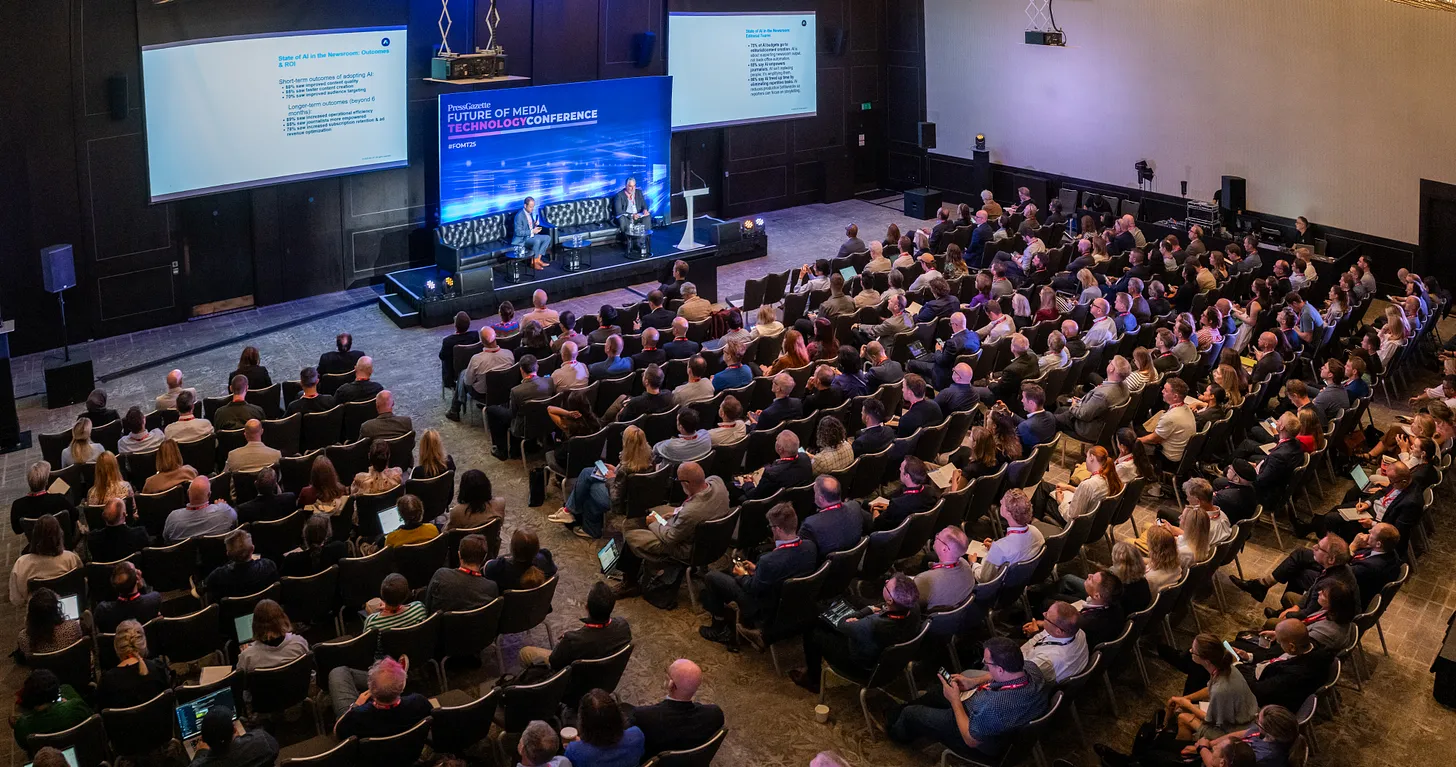
Luke Bradley-Jones on The Economist's Post-Google Playbook
Luke Bradley-Jones, President of The Economist, laid out how the publisher is adapting to a world where Google no longer reliably sends traffic. He emphasised the "three Ds": differentiation, direct relationships and discoverability.
For differentiation, The Economist focuses on "artisanal" journalism, the blend of analysis, global context and editorial judgement that distinguishes well-argued pieces. This applies across formats: The daily podcast "The Intelligence" reaches audiences who may never have subscribed to the magazine. Video explainers bring journalists into view, revealing the debates behind the headlines.
On direct relationships, The Economist has strengthened technical measures with Cloudflare to block AI bots from scraping journalism. Simultaneously, an internal AI Lab experiments with Google's NotebookLM, letting subscribers query content and generate audio summaries. The trial revealed strong usage patterns, people asked bigger questions and many preferred audio to text.
For discoverability, The Economist is spending more on brand marketing, particularly in the US where willingness to pay is higher. Linear TV, radio and out-of-home placements are priority channels, outperforming digital campaigns for brand impact. The boldest move is launching "Off the Charts", a free newsletter dedicated to data visual journalism.
Bradley-Jones's advice was blunt: "Are you differentiated enough, is your product experience compelling enough, and are your partnerships strategic enough?" If yes, survival is possible. If not, even strong brands risk decline.
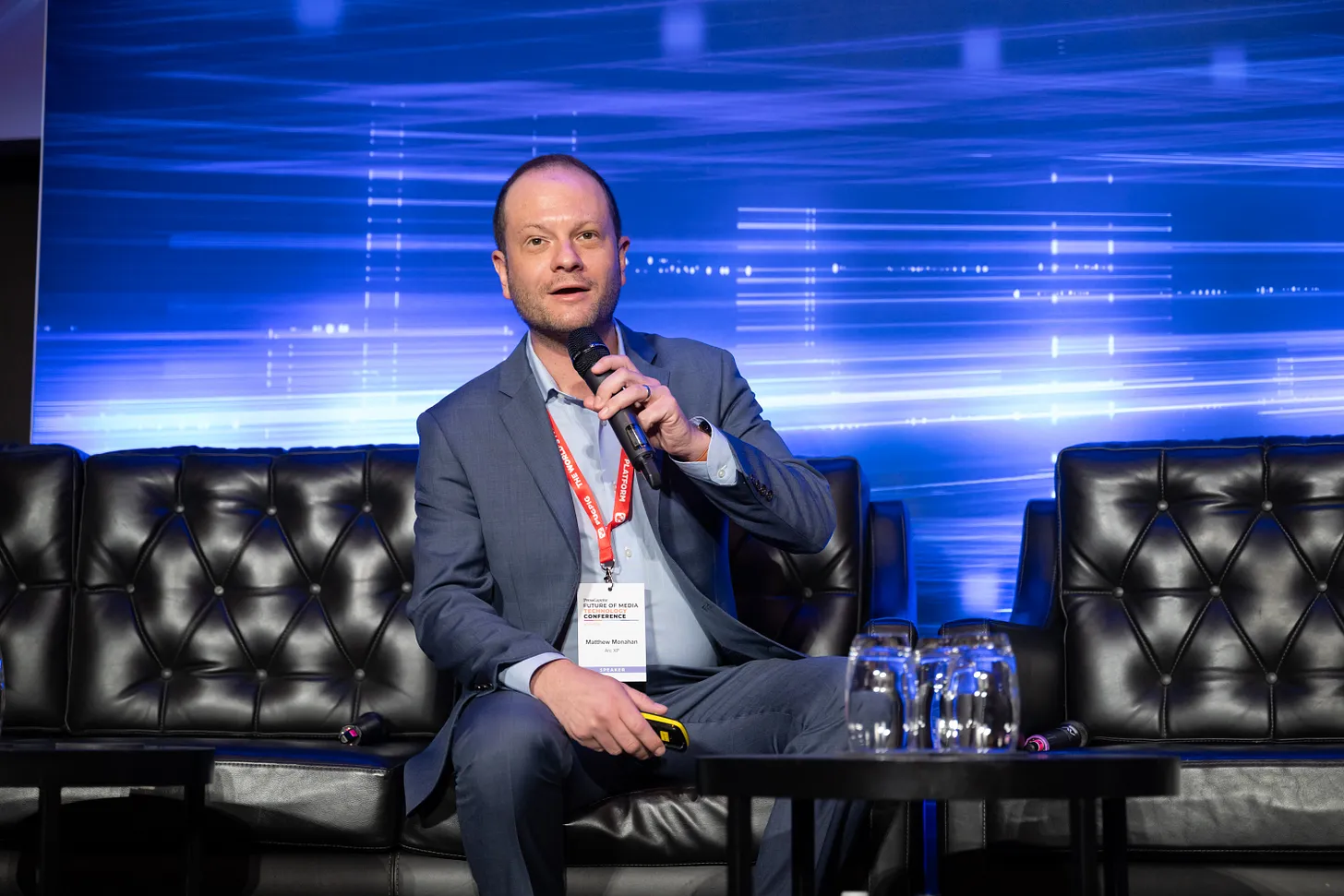
How Alma Media and Mather Are Using AI to Rewire the Economics of News Subscriptions
Alma Media became Finland's first publisher to launch digital subscriptions in 2012. After switching to a premium model in 2017, the firm made an unusual decision: sales targets for journalists. Editorial staff shared KPIs with the sales team—a shift many publishers still struggle to manage.
The breakthrough came in 2022, partnering with Mather Economics and adopting Sophi, a dynamic paywall system. The tool uses AI to judge subscription potential of individual articles and likelihood a reader will convert. Early tests were striking: subscriptions rose 37%, registrations jumped 130%, while intercept levels stayed within the agreed 2–5% range, preserving advertising reach.
Johanna Suhonen, Alma's VP of Content Business, admits initial scepticism was widespread. But once results came through, doubts gave way to relief. "The editorial team was happy," says Suhonen. "They had fewer guesses to make, and better results to show for their effort."
For Mather's Ariel Burkett, emphasis is on building registered users, the gateway to first-party data underpinning both advertising and subscription models. "The ability to train different models, one for driving registrations, another for driving subscriptions, is crucial. You don't want to sacrifice one objective for the other."
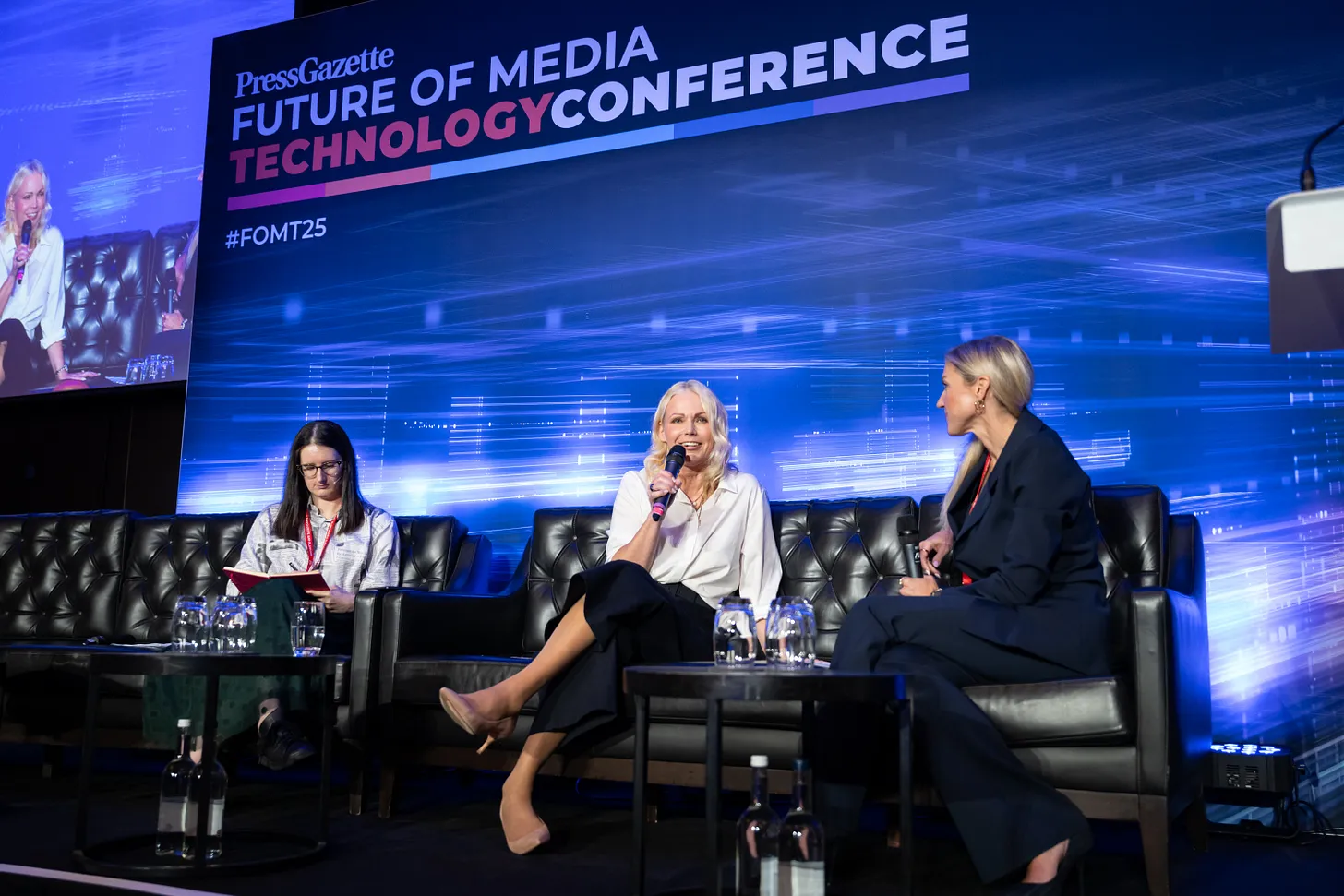
O'Reilly Media, Miso AI and the Battle for Knowledge in the Age of Scraping
O'Reilly Media has grown from technical handbook publisher to digital platform with 200+ partner publishers and 2.5m subscribers. The challenge, argues Chief Product Officer Julie Baron, is helping people navigate content: "When you've got millions of pages, how do you surface the one paragraph that solves the problem in front of you?"
The solution with Miso AI was "AI Answers", breaking down content into snippets enriched with context. Unlike ChatGPT, O'Reilly's Answers don't hallucinate. They cite directly from licensed material. "That's the steak, not the hamburger," says Miso CEO Lucky Gunaesekara, invoking Tim O'Reilly's warning about AI scraping.
Baron argues snippets can be "ten times more valuable than browsing" in technical contexts. Early results suggest readers exposed to snippets explore more titles overall. Behind this is a defensive story: Miso's Sentinel tool monitors traffic patterns, identifying likely scraping. Nearly half the sites tracked lack basic bot declarations.
The firms prefer keeping models under direct control, using open source frameworks but avoiding wholesale reliance on external providers. As Baron puts it, the task is to "ride the horse, not push the car", work with AI momentum, but harness it to publishers' interests.
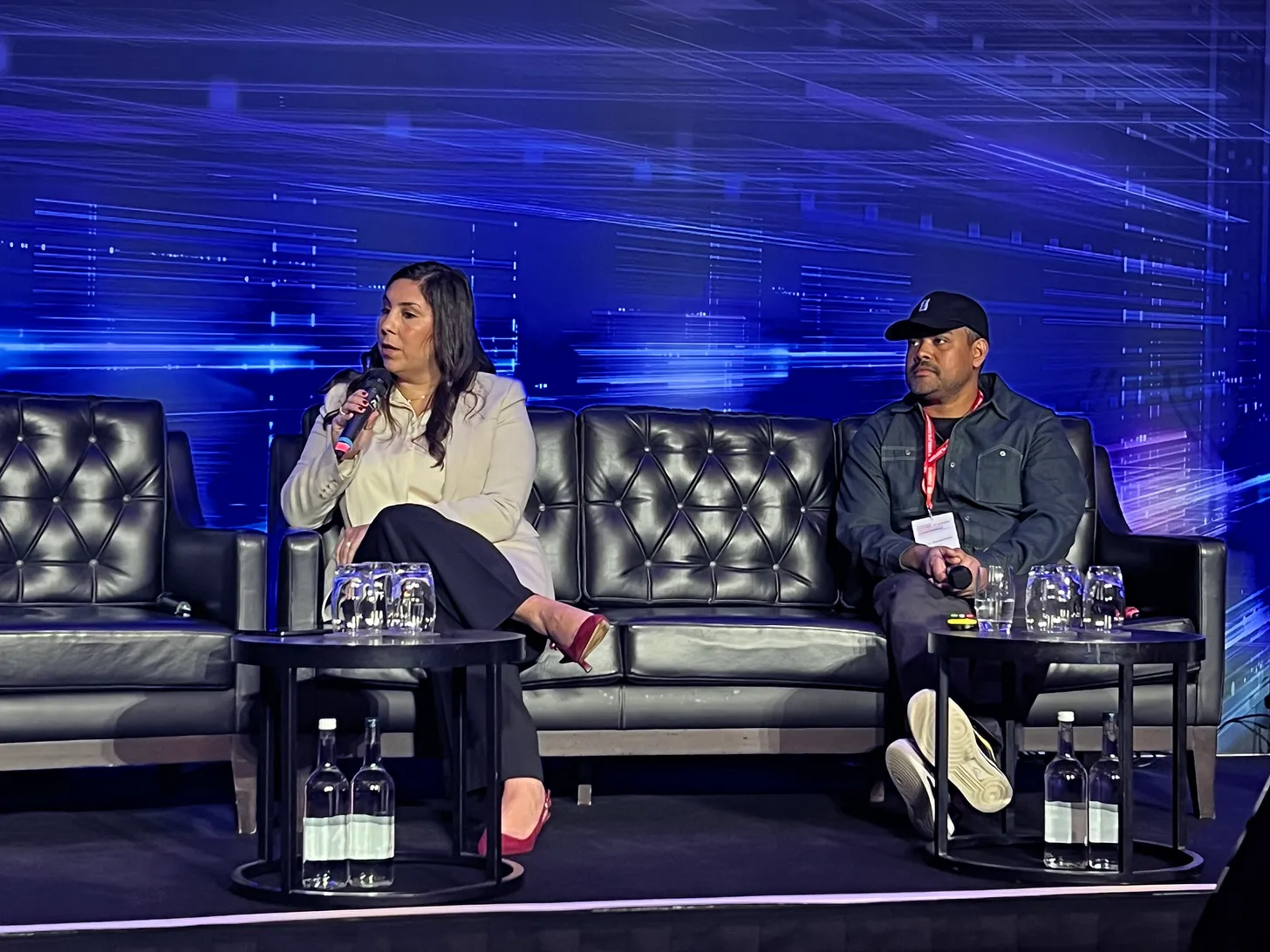
FT Strategies on Building Resilience in an AI-Driven Media World
FT Strategies' Sam Gould and Adriana Whiteley warned that AI is changing how information is discovered, with consequences arriving sooner than expected. Gould pointed to Stack Overflow, when ChatGPT launched, programmers found it quicker to ask the model. Stack Overflow's traffic fell overnight.
Whiteley highlighted competition's changing nature: a newsroom in Tallinn or São Paulo can publish fluent English at scale, reaching the same audiences. In such an environment, much content looks dangerously replicable. Distinctive work like investigations, sharp analysis, and trusted interpretation remains hard to mimic but forms a smaller share of output than publishers admit.
FT Strategies argues resilience comes from clearer pictures of audiences and their value. Publishers need to know which segments are high-value, volatile, or most at risk from AI substitution. Whiteley described heat maps showing traffic and revenue by content type. Some coverage central to brand identity is actually low-yield; overlooked niches prove resilient.
Three dangers stand out: traffic erosion (younger audiences forming habits cutting publishers out), content commoditisation (large portions of output can be replicated), and instability (AI platform referrals are opaque and subject to sudden change).
Their pragmatic advice: invest in distinctive content meeting needs better than generated summaries, develop richer audience insights, and create agile structures adapting quickly when discovery rules change again. The lesson is clear: don't wait. AI is a structural change in discovery itself.
To learn more about Purple as a proven, future-proof solution for your e-papers, news apps and news websites, book a demo today to learn more.






%201.svg)









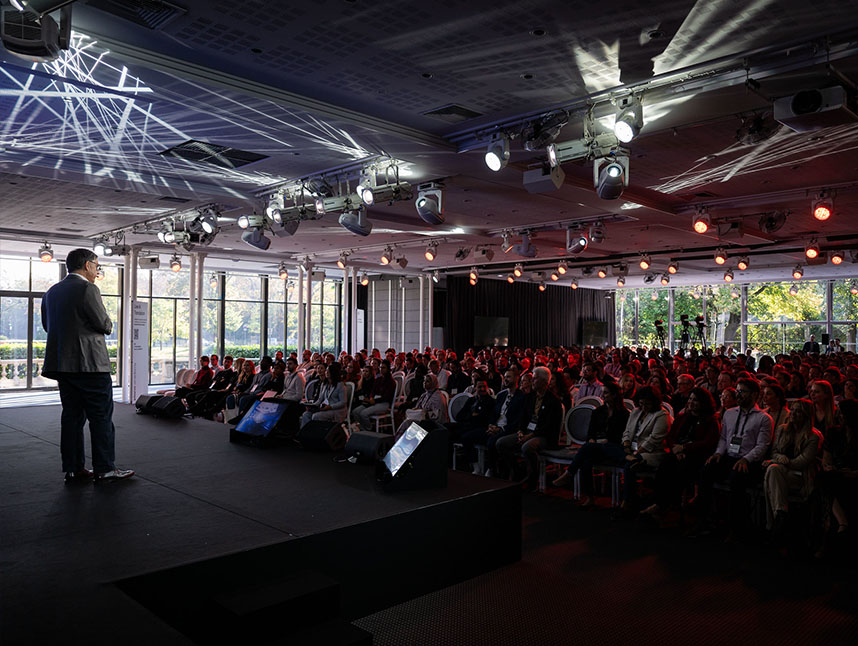
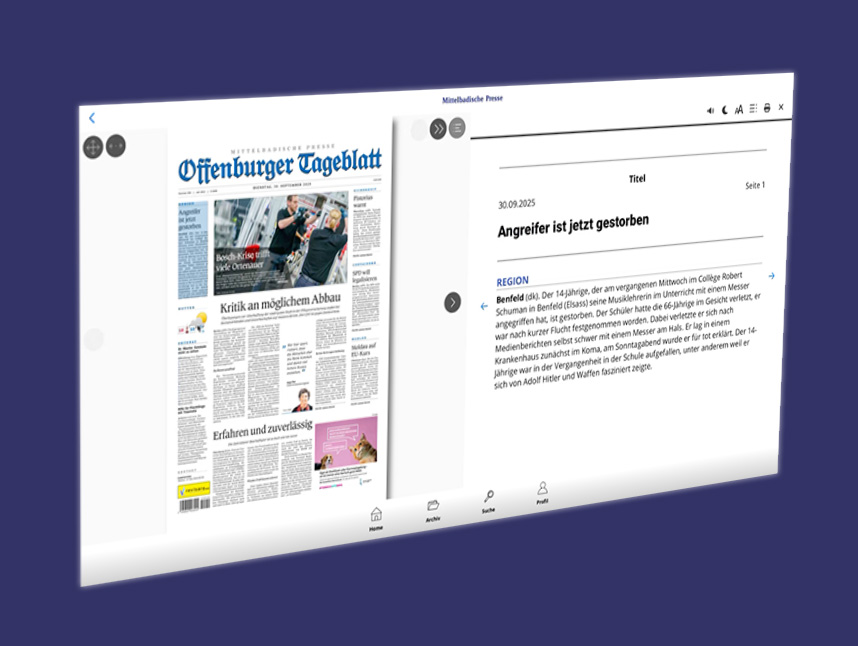
.png)